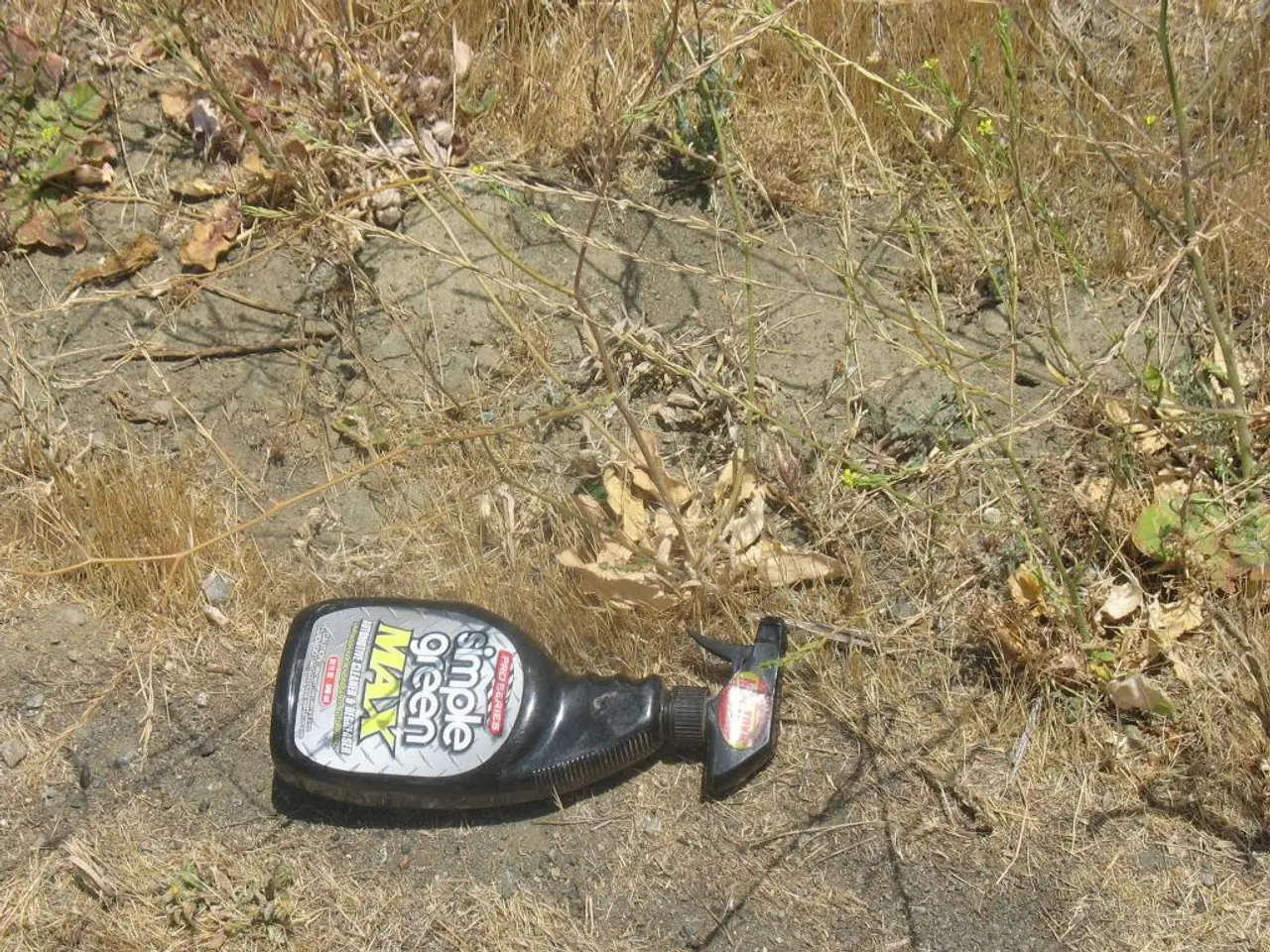Maintaining Soil During Shipping of Plants Promotes Secure Transportation
Shipping Plants: A Comprehensive Guide
When shipping plants, it's crucial to ensure they arrive safely and in good condition. Here are some tips to help you package your plants securely and comply with shipping regulations.
Preparing the Package
- Choose a sturdy box that is barely big enough for the plant to fit snugly. Reinforce the edges with strapping tape for added strength.
- Label the box clearly with the name of the plant, "Live Plant", and "Perishable". Indicate which end is up on the label to ensure the plant remains upright during transport.
- Seal the box with strong packing tape to prevent moisture loss and damage. Consider adding a cardboard collar around the base of the potted plant to keep the soil in place.
- Mark "This End Up" on the label to ensure the plant remains upright during transport.
- Use additional cushioning materials like newspaper, shredded paper, tissue paper, packing paper, or packing peanuts to fill any remaining space in the box.
- Secure delicate foliage, protruding branches, or long stems with plant ties, soft string, rubber bands, or twist ties. For cacti or succulents, ensure the soil is semi-dry before wrapping.
- Include shipping and return addresses on the package.
- Label the package with the plant's name and simple care instructions.
Special Considerations
- When shipping plants, it is essential to choose a fast delivery service to ensure they reach their destination as soon as possible. Aim for a delivery time of two to three days to prevent plants from perishing.
- Avoid shipping plants during extreme weather conditions.
- When choosing a shipping company, consider factors like shipping restrictions, shipping time, shipping cost, shipping insurance, temperature control, and handling instructions. Working with a regulated carrier or freight forwarder that handles international plant shipments can help avoid delays, fines, or destruction of the shipment.
Shipping Internationally
To ship plants internationally while complying with the destination country’s regulations and prohibitions, you need to:
- Check the destination country's import restrictions and requirements for plants, including any banned species or special permits needed to prevent pest and disease spread.
- Obtain a phytosanitary certificate, which proves the plants have been inspected and meet the plant health standards required by the importing country. This certificate is issued by your country’s National Plant Protection Organization (NPPO) or equivalent authority under the International Plant Protection Convention (IPPC).
- Prepare required export documents specific to plants or plant products, ensuring all paperwork complies with both exporting and importing country regulations. Submit these documents electronically if required, or use manual forms only when authorized.
- Package the plants securely to minimize damage and contamination during transit; this often includes covering soil to prevent spillage and labeling the shipment clearly as live plants with attached phytosanitary certificates or permits.
- Notify and comply with airline or courier requirements, which may include advance notification, weight limits, and specific packaging or labeling rules to ensure acceptance and safe handling during air transport.
- Wrap bare-root plants with damp paper towels, peat moss, or sphagnum moss to retain moisture.
By strictly following these steps—verifying all legal import controls, securing phytosanitary certification, completing export compliance documents, ensuring proper packaging and labeling, and cooperating with carriers—you can ship plants internationally in full compliance with all regulations and prohibitions of the destination country.
Incorporating gardening into your home-and-garden lifestyle, you might find pleasure in nurturing plants and maintaining a lush garden. As you consider the home-and-garden hobby of gardening, it's essential to pay special attention when shipping plants, as the guide provided above will help ensure your plants arrive safe, healthy, and blooming.




